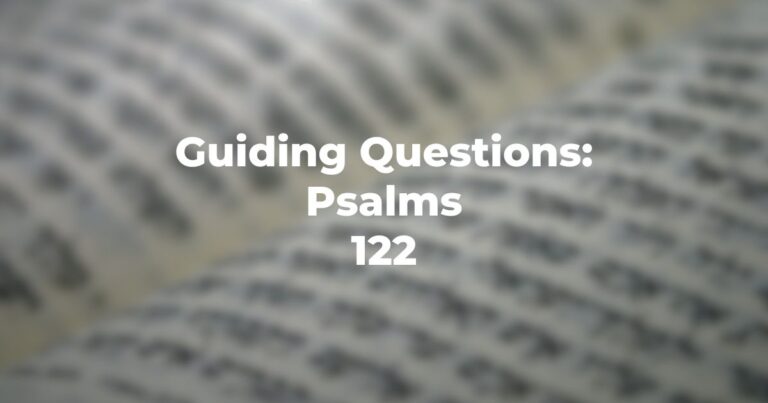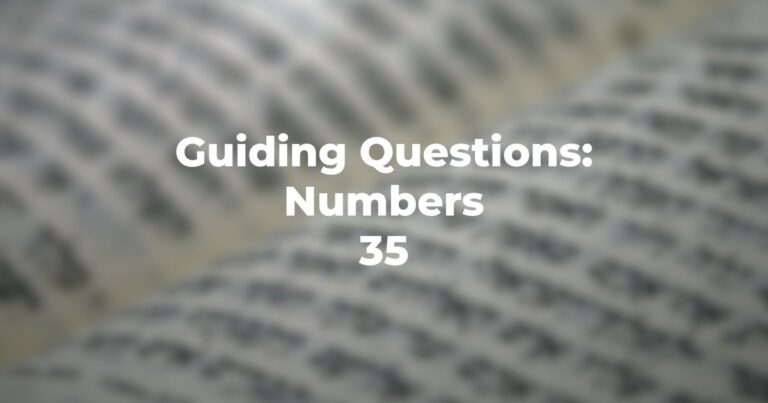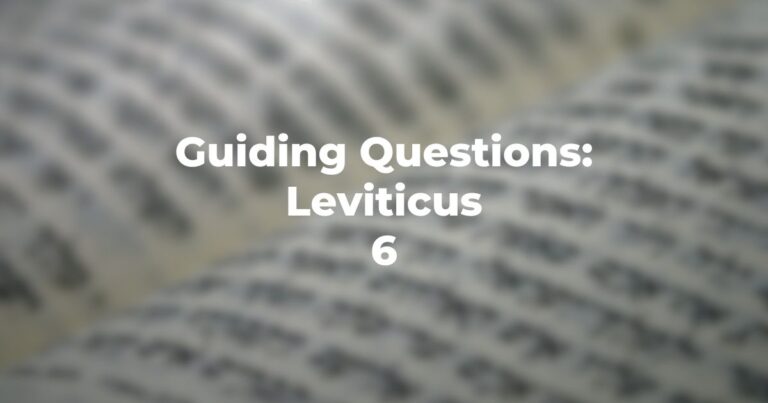- In what historical period is this scroll positioned?
- Why would parents name children “sickness” and “destruction”?
- Is the family Judean or rather resident in Bethlehem/Judea?
- Does the text (at this point) editorialize on the intermarriage? (Ruth 1:4)
- Aside from being bereft of husband and sons why does Naomi set out to return to Judea?
- Is the Moabite location from whence they left (and where they dwelt) specified?
- Does the text reflect caring daughters-in-law? (Ruth 1:8)
- What does Naomi wish for Orpah and Ruth?
- What would Ruth 1:11-12 imply as to the custom of the time regarding the family prerogatives of widows?
- Does Naomi consider what has happened to her family objective or “determined”? (Ruth 1:13)
- Orpah means “the back of the neck”; how is the name suited to the action? (Ruth 1:14-15)
- Is the statement of Ruth (Ruth 1:16) a statement of fealty to Naomi and/or the intent to Judaize?
- In Ruth 1:21-22, Naomi specifies her perception of the events — of the past decade — does she, however, specify “why”?
- If Ruth’s statement (Ruth 1:16) posits Judaizing why does Ruth 1:22 refer to her as the Moabite?
Author
-

Exploring Judaism is the digital home for Conservative/Masorti Judaism, embracing the beauty and complexity of Judaism, and our personal search for meaning, learning, and connecting. Our goal is to create content based on three core framing: Meaning-Making (Why?), Practical Living (How?), and Explainers (What?).
View all posts




